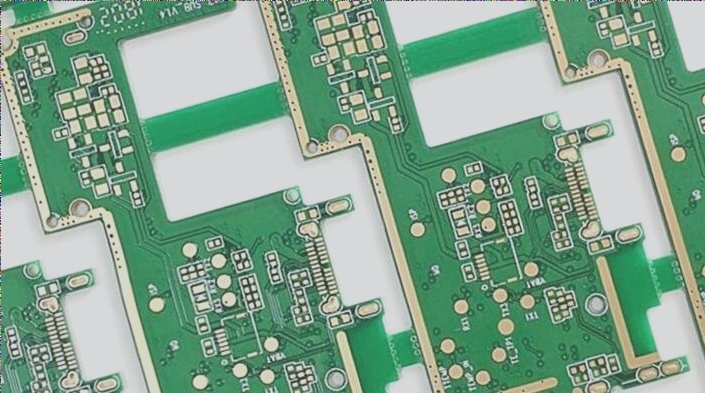PCBA Testing: Ensuring Quality in PCB Assembly
PCBA testing is a crucial process that involves verifying the electrical continuity of a PCB circuit board populated with electronic components. It is essential to check the input and output values to ensure the board meets design requirements.
PCBA Test Principle
During PCBA testing, test points on the board are connected via an FCT test frame to establish a complete path. The computer is linked to the burner to upload the MCU program, which captures user input actions and controls circuit operations accordingly. By analyzing voltage and current values at test points, the board’s functionality is validated.
PCBA Test Frame
For efficient testing of large quantities of PCBA boards, a test frame is utilized to connect test thimbles to the PCB board’s test points. This allows for quick data collection and display of key metrics like voltage and current, aiding in rapid detection of any issues. Engineers designing PCB boards should incorporate test points and provide a detailed test plan to ensure smooth manufacturing processes.
- Professional PCBA testing ensures quality control in PCB assembly.
- Using FCT test fixtures helps validate the functionality of PCBA boards.
- Efficient testing frames expedite the detection of electrical issues in PCB assemblies.
- Collaboration between engineers and manufacturers is key to successful PCB testing and production.


